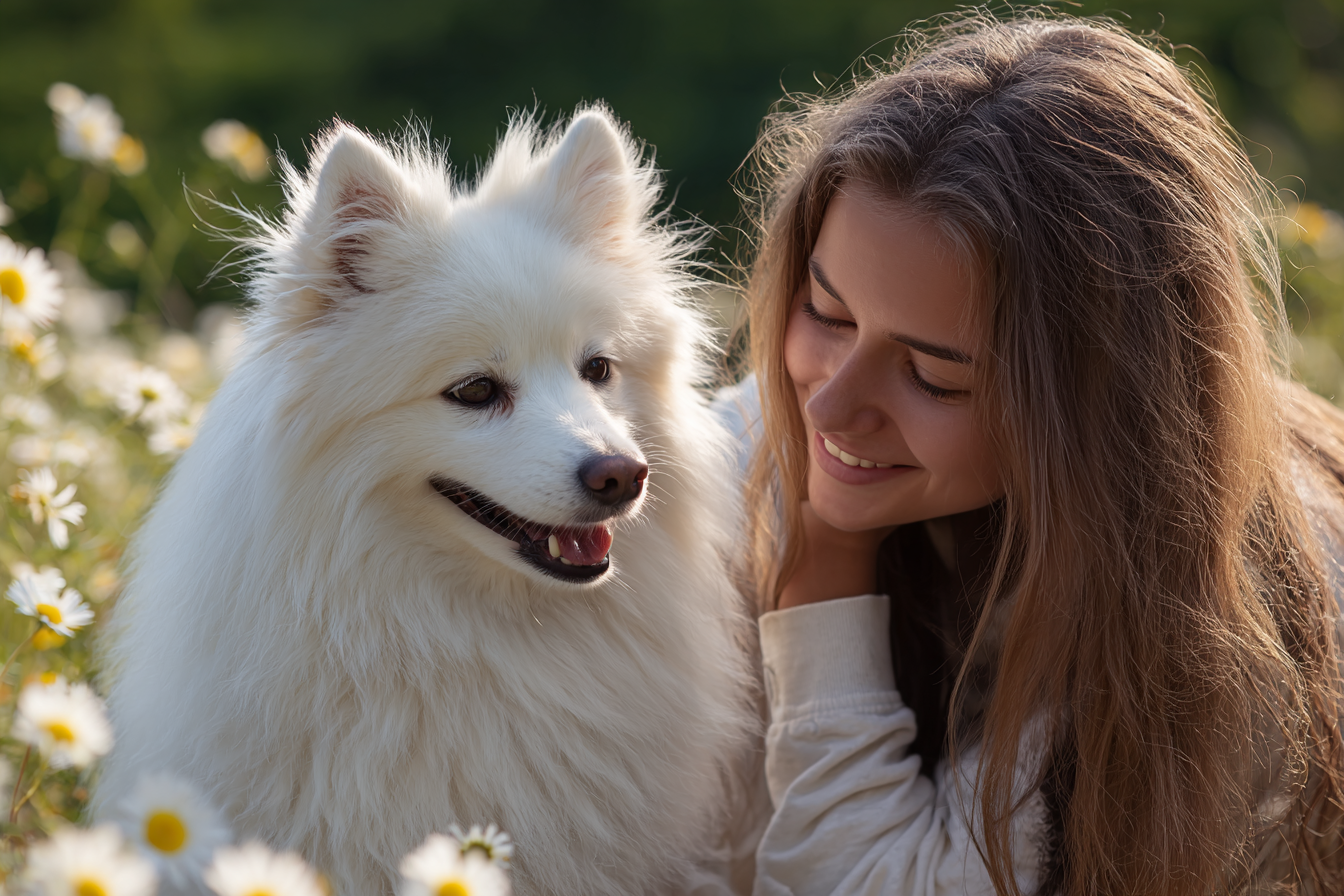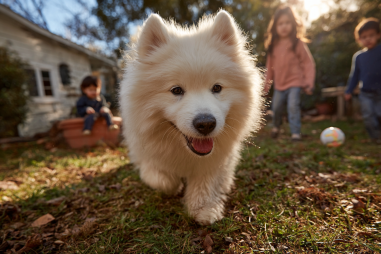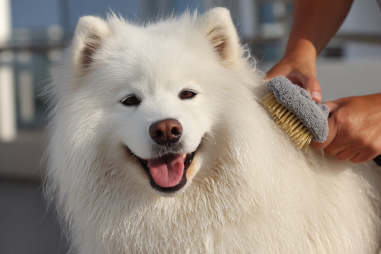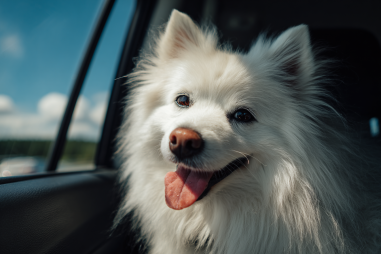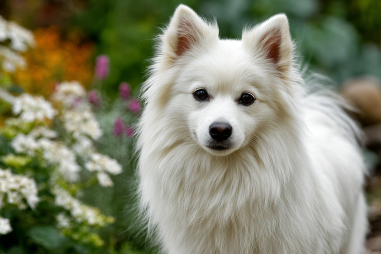The American Eskimo Dog is a beloved companion known for its striking appearance and charming personality. Often admired for its fluffy white coat and lively expressions, this breed is much more than just a pretty face. Understanding the temperament and behavior of American Eskimo Dogs is essential for anyone considering bringing one into their home, as these dogs have unique traits that influence how they interact with people and other pets. In this article, we’ll explore the key aspects of their personality, social behavior, training response, typical quirks, and offer useful tips to nurture their best qualities while addressing any challenges that may arise.
Overview of American Eskimo Dog Personality
American Eskimo Dogs are known for their affectionate and spirited nature. They are intelligent, alert, and highly adaptable, which makes them excellent family companions. Their personality strikes a balance between playful enthusiasm and a gentle demeanor, providing both energy and calmness when needed. These dogs tend to be very loyal and protective of their owners, often forming strong bonds with family members. Curiosity and a desire to be involved in family activities fuel their active lifestyle, and they thrive when given mental and physical stimulation. Overall, the American Eskimo Dog’s personality is a blend of friendliness, alertness, and a pronounced eagerness to please.
Social Behavior with Family and Strangers
When it comes to social behavior, American Eskimo Dogs typically excel in family environments. They enjoy spending time with their human pack and can be quite affectionate and cuddly. However, they also possess a natural wariness of strangers, often displaying alertness that makes them good watchdogs. This combination means they may bark or become cautious when new people approach, but with proper socialization from an early age, they can learn to greet strangers politely and without excessive anxiety.
Moreover, they are social dogs who do not like to be left alone for extended periods. Separation anxiety can occur if they feel neglected or isolated, emphasizing the importance of consistent social interaction. Proper socialization also helps mitigate any tendencies toward territorial aggression or excessive barking, ensuring they can be welcoming without compromising their protective instincts.
Interaction with Children and Other Pets
American Eskimo Dogs generally do well with children, especially when raised together. Their playful and gentle nature allows them to engage in fun activities without being overly rough. That said, because of their moderate size and energetic build, supervision is recommended to ensure interactions with younger kids are safe and positive for both parties. Teaching children how to respectfully handle and engage with the dog contributes to a harmonious relationship.
In homes with other pets, the Eskie usually adapts well if introduced carefully and early. Their intelligence makes them quick learners of social cues, and they often enjoy the company of other dogs. However, their alertness and occasional strong-willed nature can lead to minor dominance challenges if not properly managed. Cats and smaller animals should be introduced slowly, with close monitoring until the dog becomes comfortable and trusts the new companions.
Response to Training and Stimuli
Training an American Eskimo Dog is generally a rewarding experience due to their high intelligence and eagerness to please. They respond well to positive reinforcement techniques like treats, praise, and play. Consistency is key, as they appreciate routine and clear expectations. These dogs excel in activities such as obedience training, agility, and even tricks, showing an impressive desire to learn and perform.
Because they are smart and can be somewhat independent, training sessions should be engaging and varied to prevent boredom. Incorporating mental challenges along with physical exercises helps keep their minds sharp and satisfied. Additionally, they can be sensitive to harsh corrections, so a gentle yet firm approach tends to work best.
Common Behavioral Traits and Quirks
Every breed comes with its own set of distinctive behaviors, and the American Eskimo Dog is no exception. Some common traits and quirks include:
- Barking: These dogs are naturally alert and may bark frequently, especially when sensing something unusual or to alert their family. This vocal tendency can be managed with proper training and sufficient exercise.
- High Energy: Eskies have energy levels that require regular outlets. Without enough playtime and walks, they may become restless or develop destructive habits like chewing.
- Attachment and Loyalty: They often form very close bonds and can follow their owners around the house, reflecting their desire to be “in the know”.
- Expressive Personality: Their facial expressions and body language can be quite animated, which adds to their charm and helps owners understand their moods easily.
Tips for Enhancing Positive Behavior
To bring out the best in an American Eskimo Dog, consider the following tips:
- Early Socialization: Expose your dog to a variety of people, places, and experiences from a young age to develop confidence and balanced behavior around strangers and other animals.
- Consistent Training: Implement a structured training routine using positive reinforcement to encourage desirable behaviors and reduce unwanted ones.
- Regular Exercise: Provide daily physical and mental activities to keep your dog physically fit and mentally stimulated, which reduces boredom and anxiety.
- Routine and Stability: Maintain a predictable environment, which helps your Eskie feel secure and less prone to stress.
- Affection and Attention: Spend quality time bonding through play, grooming, and quiet companionship to strengthen your relationship.
Dealing with Stress or Anxiety
Like many intelligent and sensitive breeds, American Eskimo Dogs can experience stress or anxiety due to changes in routine, separation from owners, excessive noise, or unfamiliar environments. Signs may include excessive barking, pacing, destructive behavior, or withdrawal.
There are several ways to alleviate these issues:
- Establish a Calm Environment: Provide a safe, comfortable space where your dog can retreat when feeling overwhelmed.
- Gradual Desensitization: Slowly expose your dog to stressful stimuli while rewarding calm behavior to build tolerance and confidence.
- Interactive Toys and Puzzles: Keep their mind engaged during alone time to reduce feelings of loneliness or boredom.
- Regular Exercise: Exercise helps burn off excess energy and reduces anxiety symptoms.
- Professional Guidance: If anxiety is severe, consulting with a veterinarian or professional dog trainer can be very helpful for implementing behavior modification plans or medication, if necessary.
Understanding and managing your American Eskimo Dog’s stress levels supports a happier, healthier life for both you and your furry friend.
In summary, the American Eskimo Dog offers a wonderful combination of intelligence, loyalty, and affectionate behavior. By recognizing their natural tendencies and providing the right environment, training, and care, owners can enjoy a devoted and lively companion that enriches family life. With patience and attention to their unique temperament, these charming dogs become beloved members of any household.

